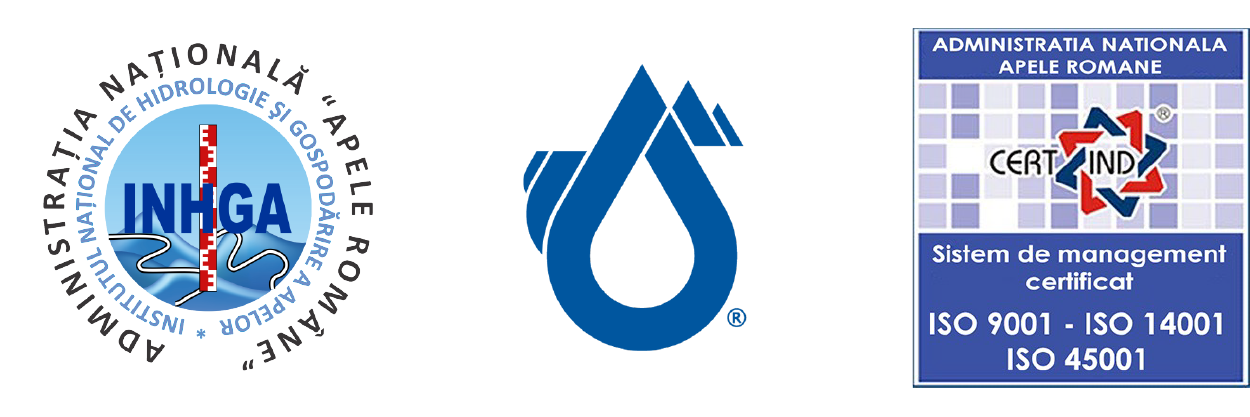| Pentru a cunoaște mai bine transportul de sedimente către Marea Neagră, cercetătorii noștri au făcut noi măsurători ale debitelor de apă și au scanat fundul albiei cu echipamente de specialitate. Cu alte cuvinte, aceștia au realizat profilele transversale în secțiunile de măsurători.
Localizarea acestor secțiuni s-a efectuat cu ajutorul GPS-ului, iar distanțele față de maluri s-au determinat cu telemetrul. Specialiștii Institutului au desfășurat campania de măsurători cu nava Lipova în secțiunile: Ceatal Sf. Gheorghe – Brațul Tulcea, Ceatal Sf. Gheorghe – Brațul Sulina, Partizani, Maliuc, Gorgova, confluența cu Brațul Caraorman, Crișan și Sulina. De asemenea, în ultma secțiune, înainte de vărsarea în Marea Neagră, va fi amplasată o stație automată cu senzori, care va monitoriza permanent sedimentele, deoarece fenomenul de depunere a acestora poate cauza probleme grave de navigație în zonă. Această campanie de măsurători face parte din proiectul Danube Region Water Lighthouse – DALIA, finanțat în cadrul programului internațional Horizon Europe, unde Institutul Național de Hidrologie și Gospodărire a Apelor este partener. |
In order to understand better the transport of sediments to the Black Sea, our researchers made new measurements of the water discharges and scanned the bottom of the river bed with specialized equipment. In other words, they made transverse profiles in the measurement sections.
These sections were located with the help of the GPS, and the distances from the shores were determined with the telemeter. The specialists of the Institute carried out the measurement campaign with the Lipova ship in the sections: Ceatal Sf. Gheorghe – Tulcea Branch, Ceatal Sf. Gheorghe – Sulina Branch, Partizani, Maliuc, Gorgova, the confluence with Caraorman Branch, Crișan and Sulina. Also, in the last section, before the Danube flows into the Black Sea, there will be placed an automatic station with sensors, which will permanently monitor the sediments, because the phenomenon of their deposition can cause serious navigation problems in the area. This measurement campaign is part of the Danube Region Water Lighthouse – DALIA project, financed within the Horizon Europe international program, where the National Institute of Hydrology and Water Management is partner. |
